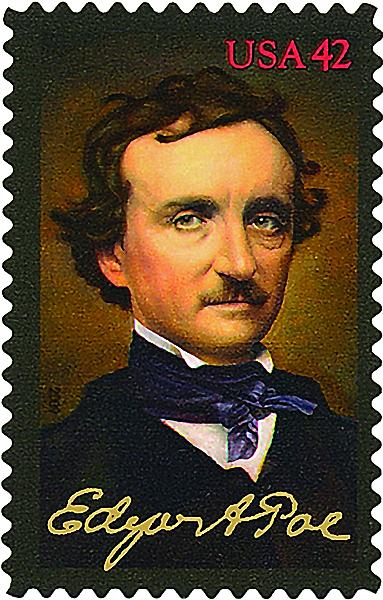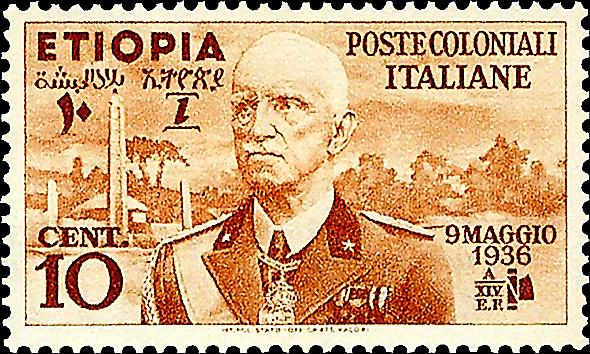World Stamps
Ethiopia’s Victor Emmanuel III set
Ethiopia — While the market for most Italian stamps of all periods remains generally sluggish, the same cannot be said of Italian colonies stamps. I have noticed a recent uptick in collectors seeking out and buying stamps of this vanished empire.
Ethiopia is another country that enjoys a small but very active collector following. Italian colonies and Ethiopia intersect in the occupation issue of 1936 (Scott N1-N7).
In 1936, fascist Italy invaded and conquered this ancient Christian nation, folding it into the colony of Italian East Africa. In 1941, Ethiopia became the first conquered nation to be liberated by the Allies.
This occupation issue benefits from the interest of both collector groups. The stamps feature portraits of the Italian Emperor Victor Emmanuel III.
The 2014 Scott Classic Specialized Catalogue of Stamps and Covers 1840-1940 values the set in unused hinged condition at $125, in mint never-hinged condition at $300, and in used condition at $36.
I think the set is a good buy if you find it at Scott catalog value or less.
Pay attention to grade. This is not a hard set to find, but it can be hard to find in grades of very fine or better. Examples in lesser grades sell at a steep discount from Scott catalog value.
A Linn’s editor found this week’s recommended stamps on ZillionsOfStamps.com at the following prices: Ethiopia N1-N7 — $195, very fine, lightly hinged; $50.65, fine-very fine, lightly hinged; United States 16T99 — not found.
Tip of the Week
United States — Telegraph stamps are an interesting back-of-the-book specialty to which most general U.S. collectors have not paid much attention. The stamps were used to show the payment of fees to send a telegraph.
My general impression is that telegraph stamps of other countries are more popular with collectors who specialize in those countries than U.S. telegraph stamps are with U.S. collectors. This might be because in most other countries that issued telegraph stamps, the telegraph system was owned and operated by the government and the stamps were government issues. By contrast, telegraph systems in the United States were privately owned and operated, and the stamps were privately issued.
According to the Scott Specialized Catalogue of United States Stamps and Covers, U.S. telegraph stamps fall into three classes: free franking stamps given to high ranking officials of railroad, newspaper and express companies; stamps sold at reduced cost to lower-ranking officials; and those showing a cash face value, which were sold to the general public.
Most U.S. telegraph stamps are not terribly expensive and should be within the range of most collectors. They can be collected in unused, used, or in some cases, remaindered condition.
A good place to start might be the 1940 Western Union 1¢ yellow green Samuel F.B. Morse telegraph stamp (Scott 16T99).
The 2014 Scott U.S. specialized catalog values the stamp in unused condition at $1.25. The catalog values an unused pane of five at $6.50 and an unused imperforate pair at $50. The stamp is not valued in used condition. — H.G.
MORE RELATED ARTICLES
Headlines
-
World Stamps
Oct 8, 2024, 12 PMPostcrossing meetup Oct. 9 at U.N. headquarters
-
Postal Updates
Oct 7, 2024, 5 PMUSPS plans to raise postal rates five times in next three years
-
US Stamps
Oct 7, 2024, 3 PMMcMurtrie dismissed as APS education director following Sept. 21 arrest
-
US Stamps
Oct 7, 2024, 12 PMVasiliauskas named president of Mystic Stamp Co.







